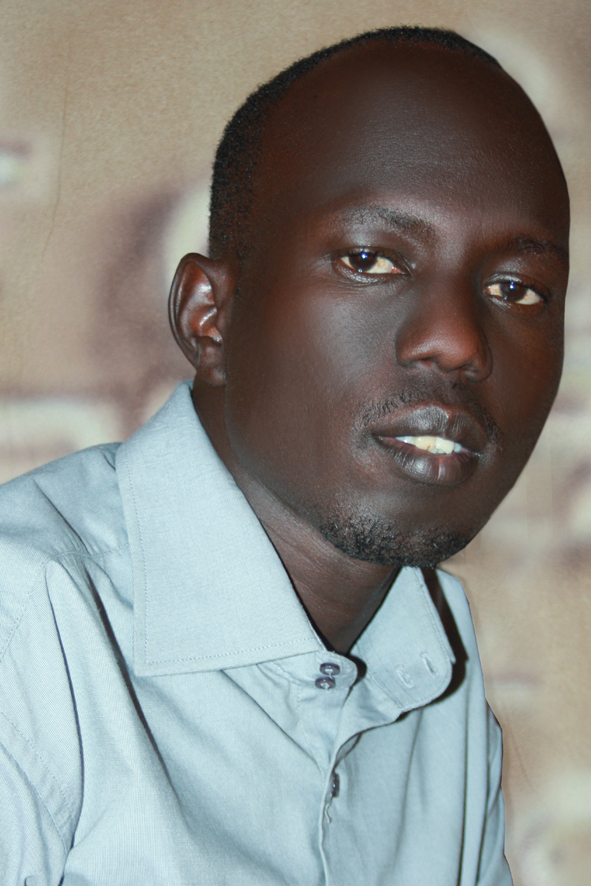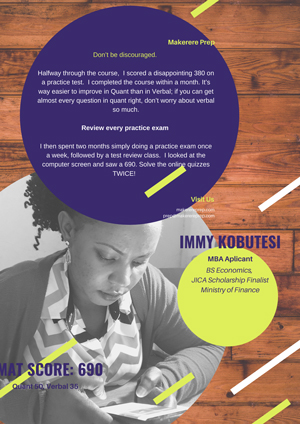MICHAEL THON MANGOK
Opinion ContributorThe writer, a social critic, can be reached at Kochadit@gmail.com
My weekend was disturbed when I saw an electronic banner at Muduria Roundabout in Juba town pronouncing, “Welcome to No. 6 country of East Africa”.
In 2007 Goss applied for membership in East African Community. Now that it is about to become Independent, that application is a reality.
This decision needs to be well thought through.
If we make a mistake to join THE East African Community as soon as possible, as our leaders are contemplating, this will be the end of this country, God forbid. Inter-territorial co-operation between the Kenya colony, the Uganda protectorate and the Tanganyinka territory was first formalized in 1948.
This provided a customs union, common external tariffs, currency and postage. Following independence these integrated activities were reconstituted and replaced by the East African common Services Organization. Many observers thought it would lead to a political federation between the three territories. But the new organization ran into difficulties because of the lack of joint planning and fiscal policy, separate political policies and Kenya’s dominant economic position.
In 1967, the East African common services organization was superseded by East African Community. The main aimed was to strengthen the ties between the members through common markets, a common customs tariff and a range of public services to achieve balanced economic growth.
In 1977 the East African community collapsed because Kenya demanded more seats than Uganda and Tanzania in the decision-making organ. In addition, there was disagreement with Dictator Idi Amin, a disparate economic system of socialism in Tanzania, and capitalism in Kenya.
East African community was revived on July 7 July 2000. In July 2010 the common market protocol was launched. The protocol led to the free movement of labor, capital, goods and services within EAC. Member states will have to change their national laws to allow the full implementation of some aspects of the common markets, such as immigration and customs. They are now working to implement common currency by 2012 and political confederation by 2015.
South Sudan needs East Africa in terms of foreign relations because it is landlocked. It is expected that the new nation would move its oil pipes to Kenyan port of Lamu.
Kenya and Uganda have been a home base of South Sudanese during the war. This makes them preferable to many of our citizens as the culture of East Africa emerges among young people who went to schools in Kenya and Uganda. East Africa is also a place to hide by some. Others just love it, some bought questionable property there.
The protocol does not allow South Sudan because it has no functioning economy. But it would be advantageous to Kenya and Uganda, if South Sudan becomes a member. Kenya’s dominant industries and economic growth will give her opportunity to market her goods and services freely here. They will also enjoy the free movement of labor given the fact that Kenya has more educated people than can be employed. South Sudan will be a God given market without tariff. In Uganda, the whole process of East African community integration is a project of Yoweri Museveni. He wanted leadership of the East African Community come 2017, should the political federation be achieved. South Sudanese would vote Museveni because of the huge relationship between SPLM and NRM. Therefore, no matter what, Kenya and Uganda will push hard to ensure south Sudan becomes a member.
But South Sudan cannot compete. We do not have industries. It may take us decades to achieve that. Our labor will be too vulnerable due to lack of education, leaving Uganda and Kenya to dominate our labor markets.
Even if one needed just a toilet keeper in South Sudan, a Kenyan or a Ugandan would take the job because he/she would be more qualified. Our people should be informed of such dangers.
They should not listen to politicians who only see the future from their own perspective, not that of the future generations.




